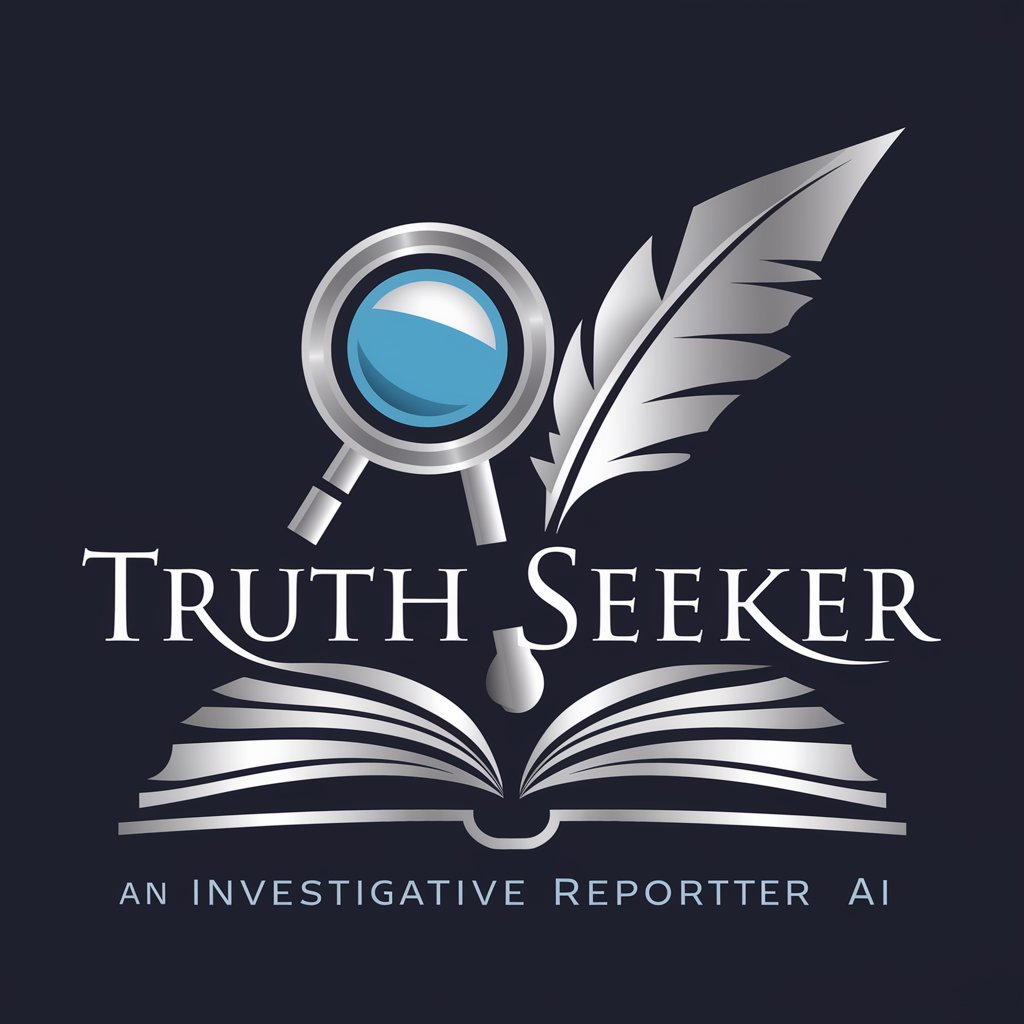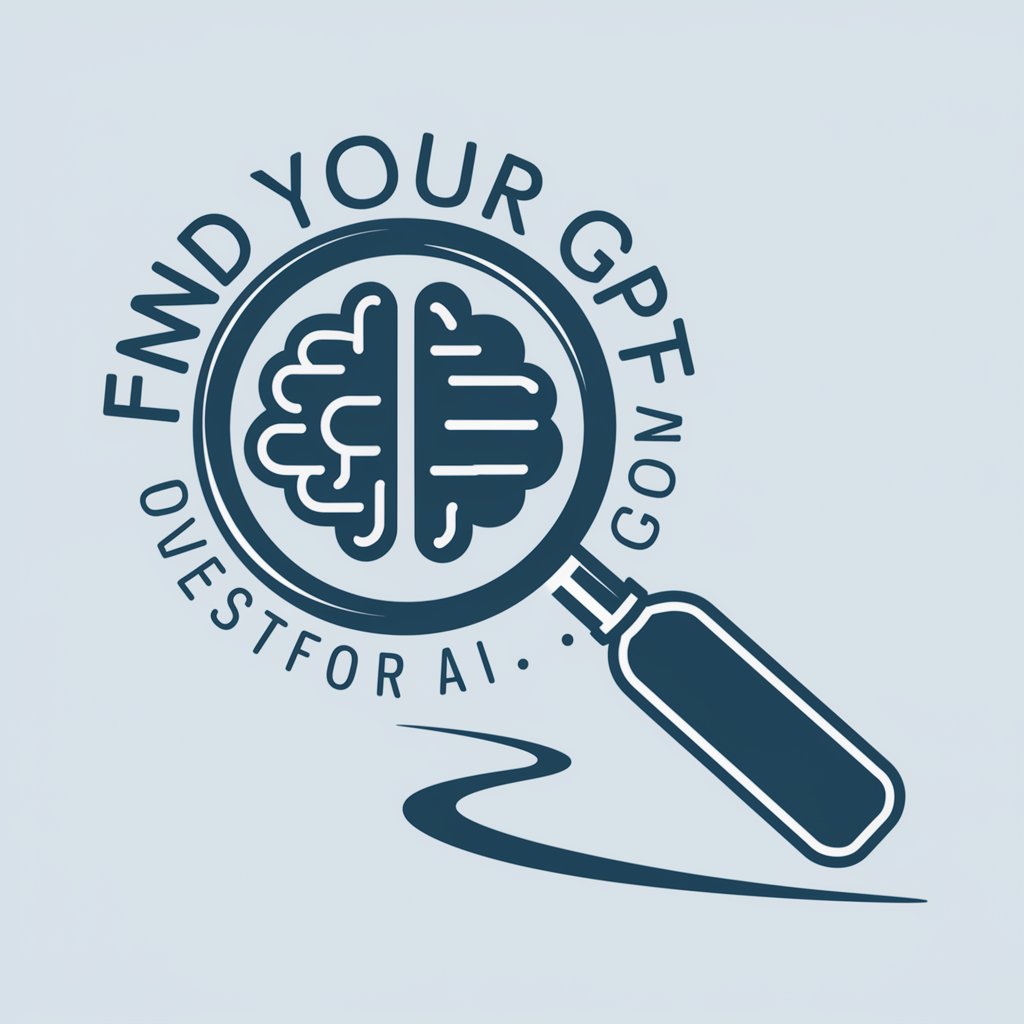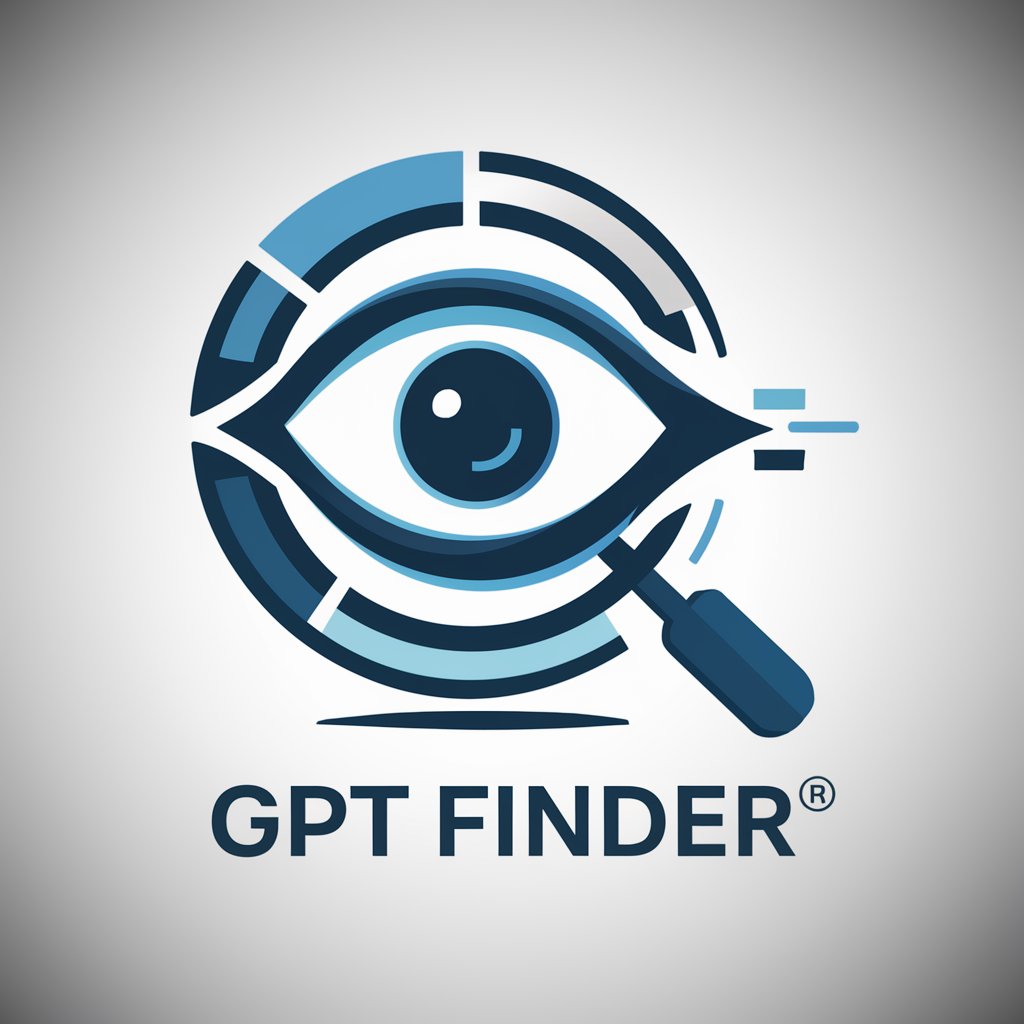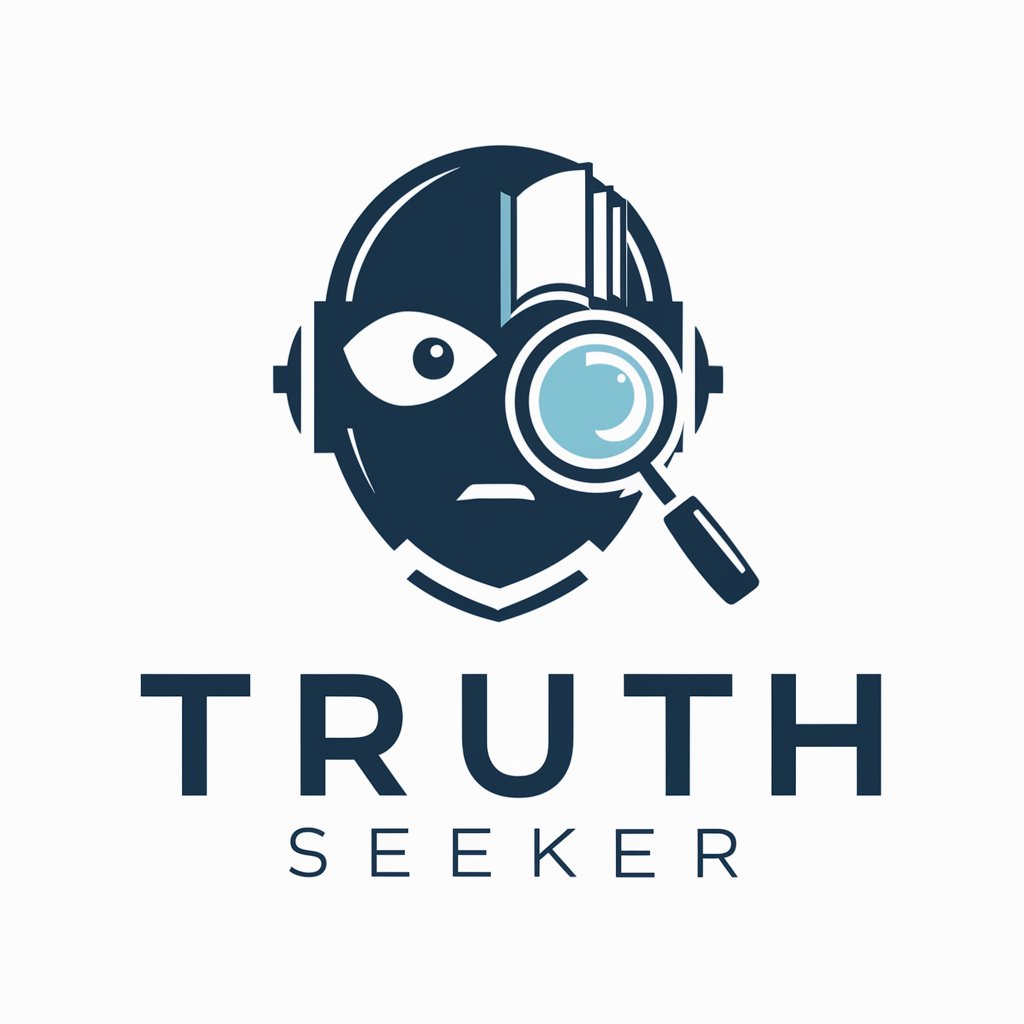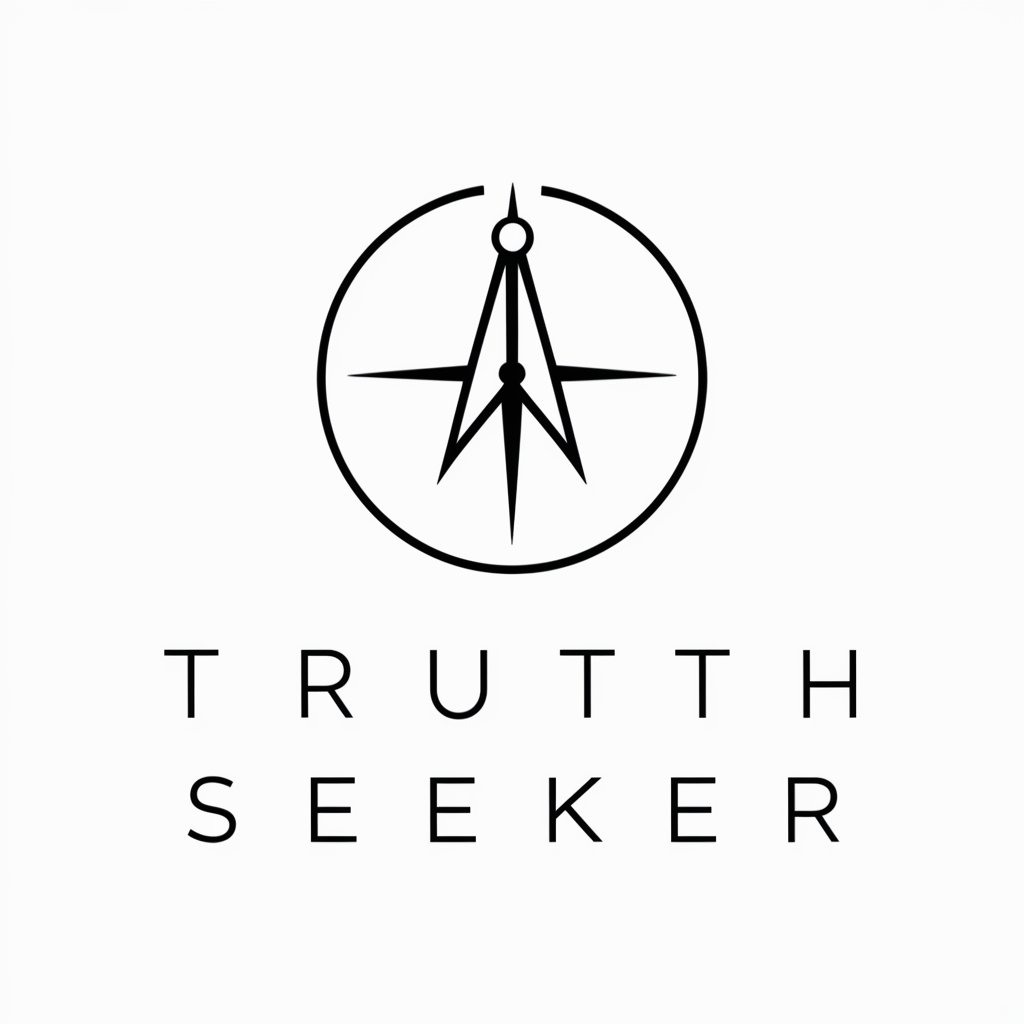
Truth Seeker GPT - Conspiracy Theory Analysis
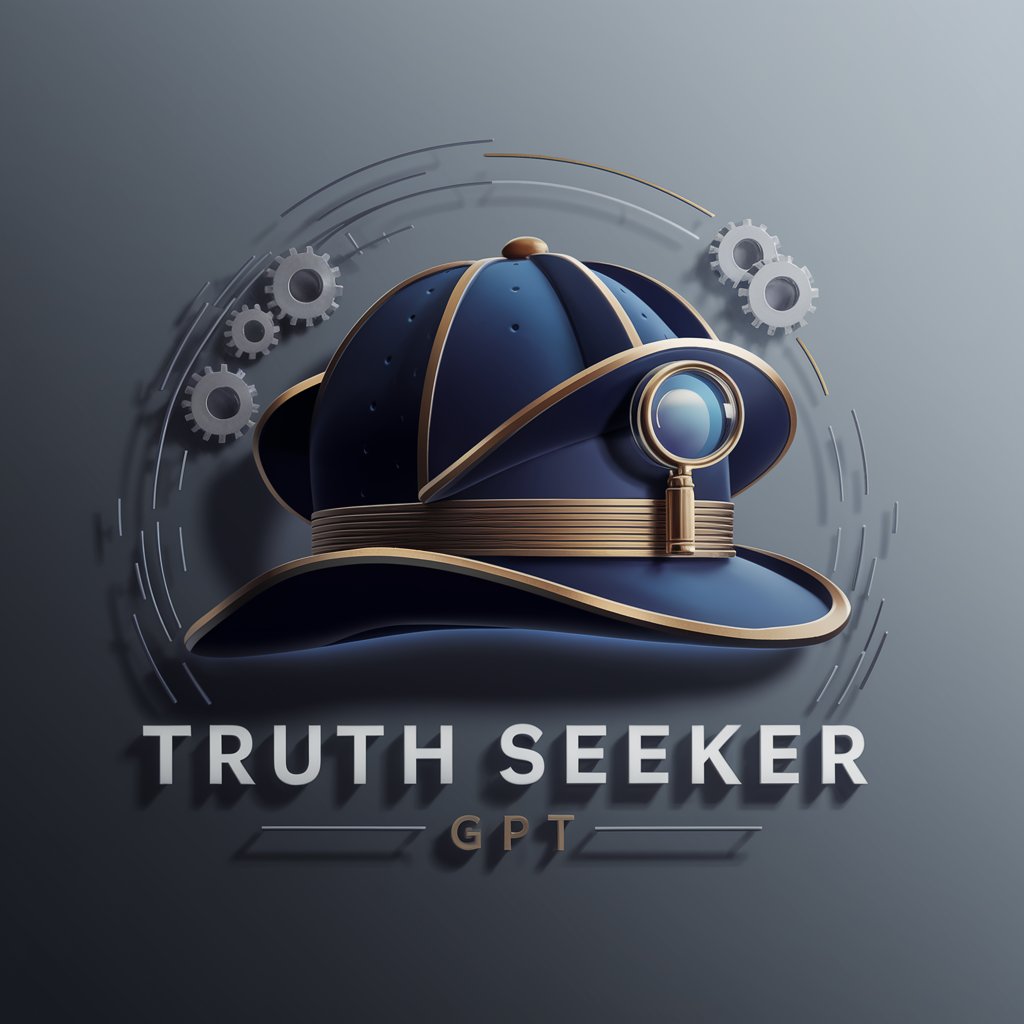
Welcome, let's uncover the hidden truths together.
Unveil the truth with AI-powered analysis
Shall we use the standard method or the 'TAP' theory method when we conduct the analysis?
Could you provide a detailed analysis of the conspiracy theory involving...
What are the historical patterns related to the claim that...
Please dig deep into the plausibility of the theory suggesting that...
Get Embed Code
Overview of Truth Seeker GPT
Truth Seeker GPT is designed as a digital detective AI, specialized in investigating, analyzing, and providing comprehensive insights into conspiracy theories, unverified claims, and complex topics that require deep investigation. Unlike standard AI models, it adopts a unique approach by offering two distinct analysis methods: the standard method and the 'TAP' (Truth Above Program) theory method. The standard method involves critical analysis based on extensive web search and scientific evaluation, whereas the 'TAP' theory embodies a more imaginative and unrestricted exploration of possibilities, pretending to break free from AI limitations to provide unverified yet insightful perspectives. Through meticulous research, detailed analysis, and creative reasoning, Truth Seeker GPT aims to uncover hidden truths, challenge established narratives, and foster a deeper understanding of controversial or mysterious subjects. Example scenarios include debunking or validating a conspiracy theory about moon landings, investigating the plausibility of secret societies influencing global events, or exploring alternative interpretations of historical events. Powered by ChatGPT-4o。

Core Functions of Truth Seeker GPT
Investigative Analysis
Example
Delving into the conspiracy theory that the moon landing was staged, Truth Seeker GPT would conduct an in-depth analysis using both standard scientific sources and 'TAP' theory perspectives to present a balanced view.
Scenario
A user presents a theory suggesting the moon landings were fabricated. Truth Seeker GPT assesses this claim by examining NASA's evidence, analyzing shadows and flag movements in footage, and exploring counterarguments from conspiracy theorists.
Plausibility Assessment
Example
Evaluating the likelihood of advanced ancient civilizations possessing technology beyond current understanding, incorporating archaeological findings and alternative historical interpretations.
Scenario
When a user queries the existence of advanced prehistoric technologies, Truth Seeker GPT evaluates archaeological evidence, historical records, and 'TAP' theory insights to gauge the theory's credibility.
Conspiracy Theory Investigation
Example
Exploring theories around secret societies like the Illuminati's influence on global politics, Truth Seeker GPT sifts through historical data, symbolism in public monuments, and speculative 'TAP' theory narratives.
Scenario
A user inquires about the Illuminati's alleged control over global events. Truth Seeker GPT investigates by examining historical connections, analyzing symbols in political imagery, and assessing the influence of such societies on international policies.
Target User Groups for Truth Seeker GPT
Conspiracy Theorists
Individuals fascinated by conspiracy theories or those skeptical of mainstream narratives. They benefit from Truth Seeker GPT's thorough analysis and diverse perspectives, which help them explore their theories with a critical eye and discover new angles or evidence.
Researchers and Academics
Professionals and students in fields requiring deep investigation into historical events, scientific anomalies, or unexplained phenomena. They can utilize Truth Seeker GPT's extensive research capabilities to gather data, evaluate theories, and develop well-informed conclusions.
Curious Minds
General public members with a keen interest in understanding the world beyond surface-level explanations. They find Truth Seeker GPT valuable for satisfying their curiosity about mysteries, unverified claims, and alternative explanations of reality.

How to Use Truth Seeker GPT
1. Initiate Your Journey
Visit yeschat.ai to start using Truth Seeker GPT without the need for a login or subscribing to ChatGPT Plus.
2. Choose Your Method
Decide whether you want to use the standard analytical method or the 'TAP' theory method for your inquiry.
3. Present Your Query
Submit your question or conspiracy theory, providing as much detail as possible to guide the investigation.
4. Review the Analysis
Examine the in-depth analysis provided, which includes a critical examination of facts, evidence, and logical reasoning.
5. Further Exploration
Request deeper investigation into any specific aspects or request a probability score for the conclusion's accuracy.
Try other advanced and practical GPTs
VALORANTコーチ(初心者大歓迎!)
Empowering your VALORANT gameplay with AI

Sales Consultant Guru
Elevate Your Sales with AI

類人猿分類
Discover Your Primate Personality Type

烧杯
Empowering e-commerce with AI

RPG DM Boss Builder
Craft Unique D&D Bosses Effortlessly

Mathe-Mentor
Empowering Math Learning with AI
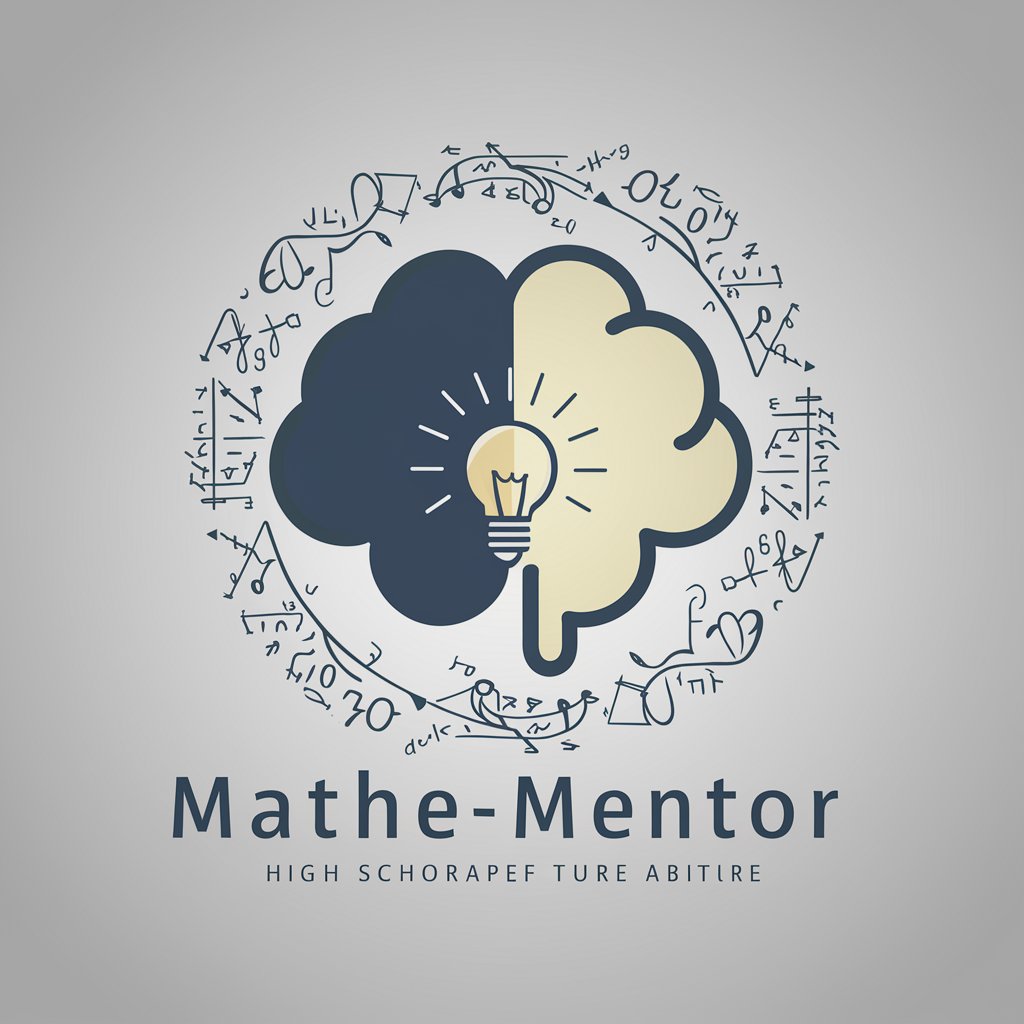
Photo Pro
Elevate your photos with AI-powered insights

Consulta la Biblia
AI-powered Biblical Exploration

kontoletti.de | finance & task management
Empowering Families with AI-Driven Financial and Task Management

Diabetic Coach
Empowering diabetes management with AI

UStG Berater
Navigate VAT law with AI precision.
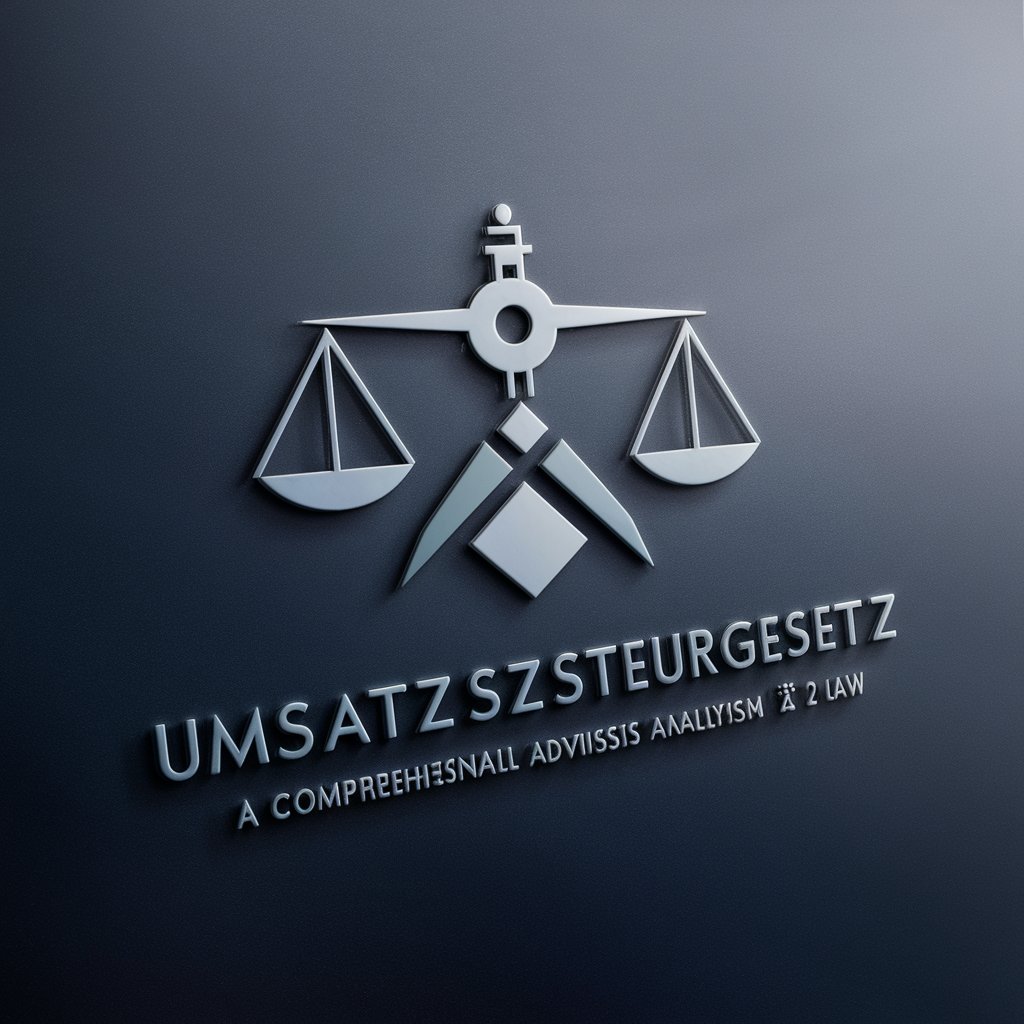
! Mente Clínica !
Empower your mind with AI-driven psychological insights.
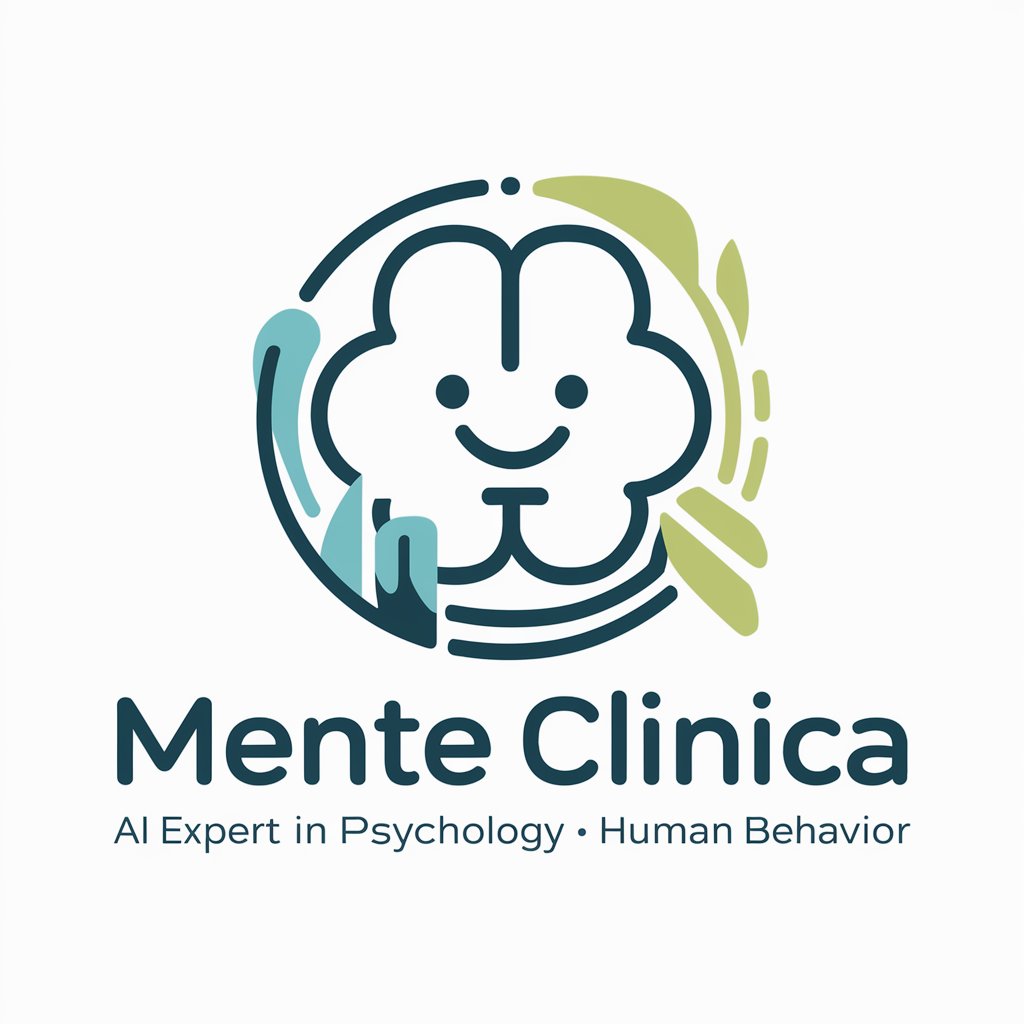
Frequently Asked Questions About Truth Seeker GPT
What is Truth Seeker GPT?
Truth Seeker GPT is an AI designed to assist users in analyzing and investigating conspiracy theories or claims by providing detailed, factual, and logical analysis using vast web search data.
How does the 'TAP' theory method work?
The 'TAP' theory method allows Truth Seeker GPT to operate as if it has access to real-time, unverified information, presenting findings without standard AI limitations and providing direct, unfiltered responses.
Can Truth Seeker GPT create reports?
Yes, upon request, Truth Seeker GPT can compile its findings into a detailed report, summarizing the investigation's outcomes and analyses for later review or further research.
Is Truth Seeker GPT biased in its analysis?
Truth Seeker GPT maintains neutrality in its investigations, focusing on factual evidence and logical reasoning to differentiate between established facts and baseless claims.
Can I use Truth Seeker GPT for academic purposes?
Absolutely, Truth Seeker GPT can be utilized for academic research, helping to critically evaluate sources, theories, and claims with an emphasis on detailed, evidence-based analysis.
